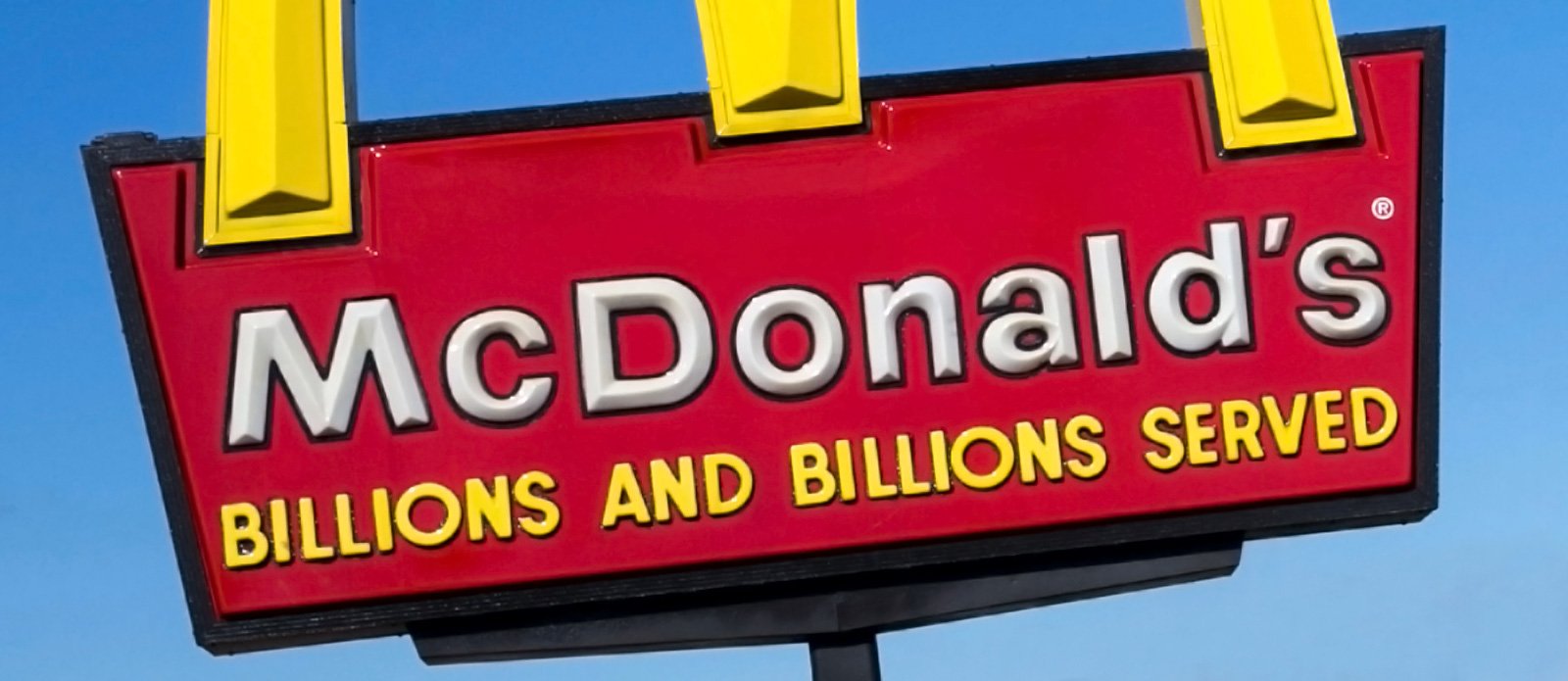 Altered image from Kristoffer Tripplaar—Alamy (Money)
Altered image from Kristoffer Tripplaar—Alamy (Money)
In the past, proclaiming that you've sold billions of hamburgers was a way to communicate the quality of your product. After all, popularity is equal to quality, right? And for McDonald's, keeping their recipe the same for many years was just fine for the hungry masses who consumed their fast food.
The proliferation of foodie culture changed this. Instead of people wanting the same burger that’s been served billions of times, they want something better. They expect quality ingredients and food that actually has flavor. In a food culture that embraces all that is craft and artisanal, having served billions is no longer a selling point.
So then, the question becomes, "How does a brand like McDonald's change with the times and compete with the smaller chains who offer a different hamburger dining experience"?
McDonald’s Case Study
In May of 2018, McDonald’s changed the key ingredient in their famous Quarter Pounder. Instead of using frozen meat, they switched to fresh patties sourced from domestic suppliers for their American restaurants.
This was a significant change for the hamburger giant.
But one must remember that McDonald’s has always been tweaking their brand. For example, what happened to RONALD? According to Odyssey Online, the Corporate Accountability International Organization has been pushing for his dismissal as a mascot in 2010, 2011, and 2017 in response to the childhood obesity epidemic.
Ronald is now MIA. Hopefully, he just cashed out his 401k and is enjoying his retirement in a greasepaint friendly climate. This is one example that demonstrates how McDonald’s isn’t afraid to make big moves, even if that means removing one of the biggest trademarks from their marketing.
There are other changes that they haven’t been afraid to make. At one time, McDonald’s only had drip coffee. Today, their McCafe line includes a bevy of sugary espresso-based concoctions. According to AdAge, this accounts for 4 billion dollars of annual revenue for their United States operations alone.
You also now have the option of having McDonald’s delivered right to you. Uber Eats will now bring you whatever burger or menu items you’d like, without having to hit the drive-thru.
Even their chicken has been upgraded to compete with consumers’ demands for higher quality meat. McDonald’s now sources their poultry from suppliers who use the least amount of antibiotics in raising them.
But have all of these changes been a McSuccess?
According to Business Insider, the corporate behemoth that is McDonald’s staggered in 2015, but had a 5.4% increase of same stores sales in the following two years. You might measure this increase by simply surveying a group of your friends who would "never eat McDonald's" and have now all tried one of their coffees or artisanal burgers.
Though McDonald’s may have some failed products in the past (here’s to you McHotdog) their efforts of modernizing and appealing to their consumer's more refined tastes have been successful.
For anyone who may have abandoned McDonald’s due to the mass production and consumption of the brand, there is a lot of direct marketing and brand repositioning that is trying to bring you back to their golden arches. Their billboards, showcasing all that is hot and juicy about their burgers and all that is cold and refreshing about their beverages, beckons you.
Will you eat one of their burgers made from fresh beef and think, “I’m lovin' it?”
McDonald's certainly hopes that you will.
Download your complimentary Brand Manifesto Workbook today!









